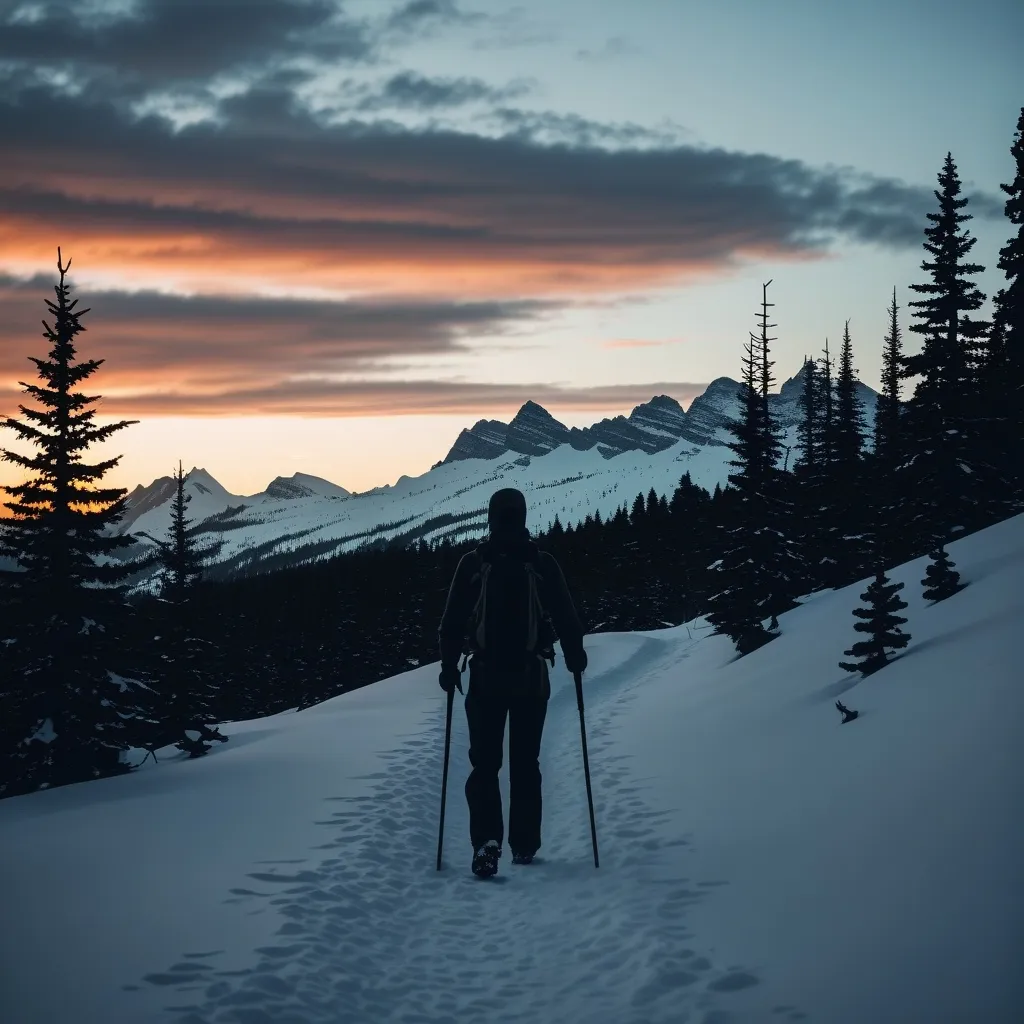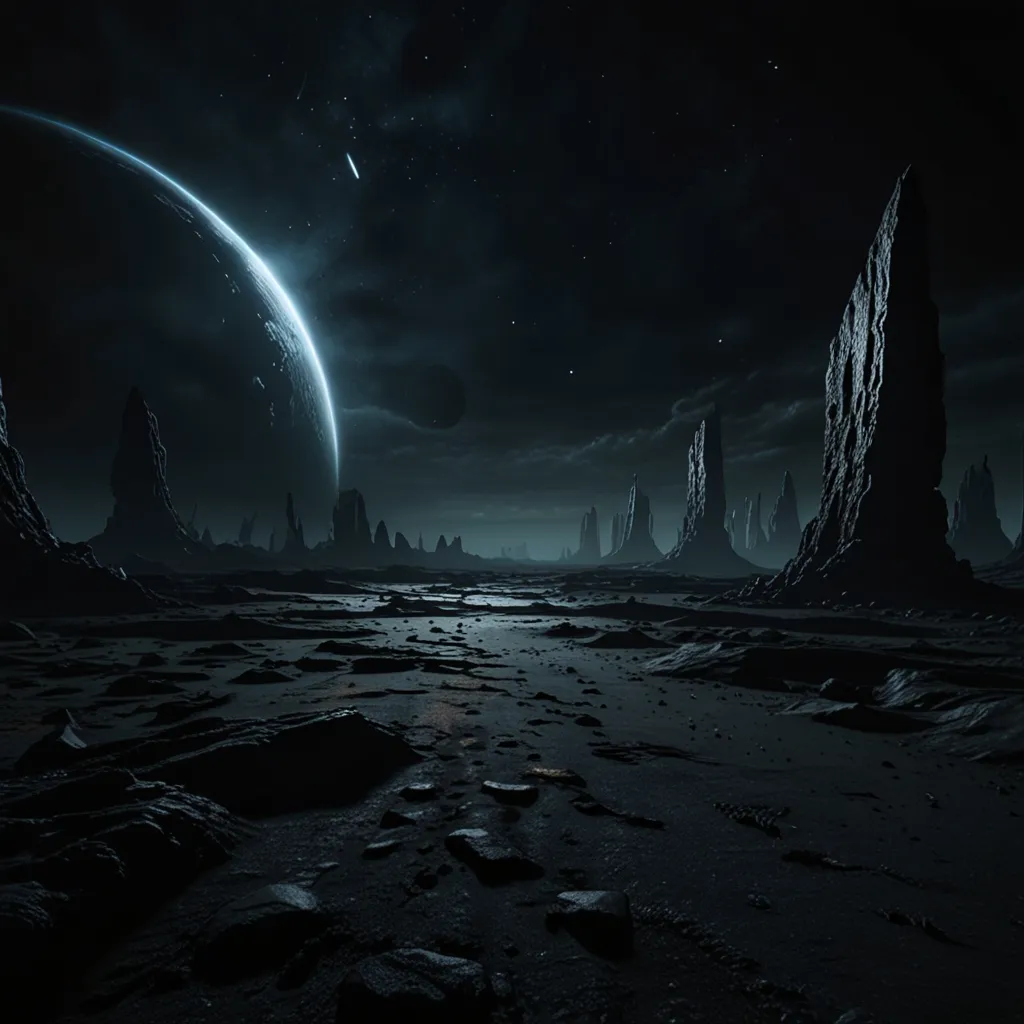The Enigma of Paula Jean Welden: A 75-Year-Old Mystery in Vermont’s Green Mountains
Vermont’s stunning Green Mountains have long been a haven for nature lovers and hikers. But beneath the serene beauty lies a chilling mystery that has baffled investigators for over seven decades. The disappearance of Paula Jean Welden, a bright-eyed 18-year-old Bennington College student, continues to captivate and perplex to this day.
On a crisp December afternoon in 1946, Paula set out for a walk that would become the stuff of legend. An artist with a passion for the outdoors, she was last seen entering the Long Trail - a sprawling 270-mile path that winds through Vermont’s wilderness. What happened next remains one of America’s most enduring unsolved mysteries.
Paula’s story begins like any other college student’s. She was passionate about her art, particularly watercolors and charcoal sketches. When she wasn’t in class or working at the college dining hall, you’d likely find her cycling, hiking, or swimming. She had a zest for life that was infectious.
But on that fateful day, something was different. After finishing her shift at the dining hall, Paula changed into her walking clothes and hitchhiked to the Long Trail’s trailhead. It was late afternoon, and winter was closing in fast. Despite the dropping temperatures, Paula was woefully underprepared. No food, no water, no warm coat. Just a young woman in red, heading into the wilderness as night approached.
The last confirmed sighting of Paula paints a haunting picture. A group of hikers encountered her near Bickford Hollow camp around 4 PM. They warned her about the dangers of hiking so late without proper gear. But Paula, perhaps driven by a sense of adventure or something else entirely, continued on her way. As the sun dipped below the horizon, she vanished into the woods, never to be seen again.
The search for Paula was immediate and massive. When she didn’t show up for classes the next day, alarm bells started ringing. Her father, W. Archibald Welden, raced to Bennington and rallied a search party. Volunteers, students, Scouts, and locals combed the area. But there was a problem - Vermont didn’t have a trained state police force at the time. The search, while enthusiastic, was disorganized and relied heavily on untrained personnel.
As days turned to weeks, the search intensified. By December 5, over 300 people were involved, including the State Guard and police from neighboring states. Dogs sniffed the ground while aircraft scanned from above. A substantial reward was offered - $5,000 if Paula was found alive, $2,000 if not. But despite these Herculean efforts, not a single trace of Paula was ever found.
The impact of Paula’s disappearance reached far beyond her immediate circle. It shook Vermont to its core, exposing the state’s lack of a professional police force. In response, the Vermont State Police was formed in July 1947. Paula’s case had inadvertently changed the face of law enforcement in the state.
But the mystery didn’t end there. Paula’s disappearance sparked a wave of public interest and wild speculation. Reported sightings poured in from across the country, even as far as Puerto Rico. Each lead was investigated, each rumor chased down. But they all led to dead ends, leaving investigators and Paula’s loved ones grasping at straws.
Perhaps the most intriguing aspect of Paula’s case is its connection to the so-called Bennington Triangle. This area in southwestern Vermont, which includes the Long Trail, has been the site of several mysterious disappearances between 1945 and 1950. Besides Paula, others who vanished include Middie Rivers, a seasoned 74-year-old hunter; James Tedford, a veteran who disappeared from a moving bus; Paul Jepson, an 8-year-old boy with special needs; and Frieda Langer, a 53-year-old woman.
These disappearances have fueled all sorts of theories, from the mundane to the supernatural. Some believe Paula might have intentionally set out to end her life, choosing a method that would avoid the stigma of suicide. Others suggest she could have fallen, suffered a head injury, and wandered off the trail with amnesia. But the most chilling and perhaps most likely theory is that she simply succumbed to the harsh winter conditions, a victim of nature’s unforgiving ways.
Paula’s story has left an indelible mark on popular culture. It inspired Donna Tartt’s first novel and influenced Shirley Jackson’s 1951 work “Hangsaman.” Her disappearance has become part of Vermont’s folklore, a cautionary tale whispered around campfires and retold in hushed tones.
As we delve deeper into Paula’s case, we’re reminded of the fragility of life and the unpredictable nature of the wilderness. Her story serves as a stark reminder of the importance of preparedness when venturing into the great outdoors. It’s a lesson written in the language of tragedy, one that outdoor enthusiasts would do well to heed.
But Paula’s legacy extends beyond a simple cautionary tale. Her disappearance shines a light on the complexities of human behavior and the mysteries that lie just beyond the edge of our everyday lives. It forces us to confront the uncomfortable truth that sometimes, people simply vanish without a trace.
The search for Paula may have ended decades ago, but her memory lives on. In the quiet town of Bennington, her story still echoes through the streets and whispers in the woods. For those who walk the Long Trail today, Paula’s presence is felt in every rustle of leaves, in every shadow cast by the setting sun.
As we reflect on Paula’s case, we’re drawn into a world where the lines between reality and legend blur. It’s a reminder that even in our modern, interconnected world, there are still mysteries that defy explanation. The case of Paula Jean Welden stands as a testament to the enduring power of the unknown.
In the end, Paula’s disappearance is more than just an unsolved mystery. It’s a story about the human spirit, about our need for answers in the face of the inexplicable. It’s about the thin line between adventure and tragedy, and the unexpected turns life can take.
As we close this chapter on Paula’s story, we’re left with more questions than answers. But perhaps that’s the point. In a world where we’re used to having information at our fingertips, Paula’s case reminds us that some mysteries may never be solved. And in that uncertainty lies a strange kind of beauty - a reminder of the vast, unknowable nature of our world and our place in it.
So the next time you find yourself on a hiking trail, particularly as the day draws to a close, spare a thought for Paula Jean Welden. Let her story be a reminder to stay safe, stay prepared, and always let someone know where you’re going. Because sometimes, the most profound mysteries are those that lie closest to us, hidden in the shadows of our own backyards.






